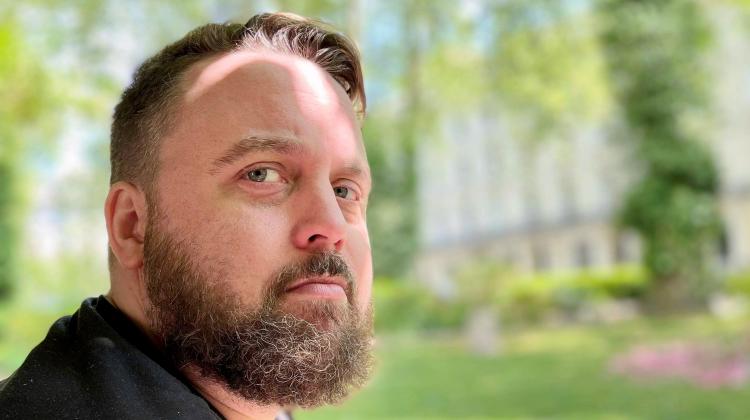Aga Khan Program Lecture: Peter Christensen: Dignity Matters

2023 Fall Aga Khan Program Lecture Series:
Peter Christensen is the Arthur Satz Professor of the Humanities and the Ani and Mark Gabrellian Director of the Humanities Center at the University of Rochester. He is the author of Germany and the Ottoman Railways: Art, Empire, and Infrastructure (Yale University Press, 2017), Precious Metal: German Steel, Modernity and Ecology (Penn State Press, 2022) and Prior Art: Patents and the Nature of Invention in Architecture (forthcoming from MIT Press, 2024). He has received fellowships from the John Solomon Guggenheim Foundation, The Institute for Advanced Study, the National Endowment for the Humanities, the Fulbright Commission, the Paul Mellon Centre for British Art, the Gerda Henkel Stiftung, the New York State Council for the Arts, and the Forum Transregionale Studien, among others. His interests lie in Europe’s entanglements with the world in the 19th and 20th centuries, architecture as a project of industry and infrastructure, and critical digital humanities.
Abstract:
What does dignity look like? Before the Modern period, dignity—the state of being worthy of honour and respect—was largely conceived as a quality that was either hereditary or earned. Modern values transformed this and put forth the tenet that all human life—irrespective of class—deserves dignity. Today, when one conjures in their mind’s eye an image of what this universal, modern idea of dignity looks like they might conjure up an image of a person in a space that meets all of their basic needs. The space might hint at a life of sufficiency, peace and contentment: walls and a roof, natural light and fresh air, doors and windows for connecting with and retreating from the world. In all likelihood, this image includes little that is over the top, such as fancy cars or endless space, because our modern notion of dignity excludes excess. To be sure, dignity is not manifested by creature comforts alone; it is also born out in the right to work, the right to have a family, and the right to have access to decent healthcare and education, along with the ability to live in peace and experience happiness and all of the other emotions that give life meaning. Unlike a standard of living or wealth, however, dignity does not grow ad infinitum. Rather, it exists in the proverbial “sweet spot” between poverty and excess, and the material manifestation of space and the quality of life connoted by dignity most readily communicate the degree to which an individual lives with dignity. In sum, although dignity is multivalent and culturally inscribed, it is also a universal concept that is inherently tethered to our built environment. Dignity is a matter of design and a matter of living.
This talk will look at a series of architectural projects tethered to a rhetoric of dignity in the modern period, assessing the ways in which history informs our understanding of dignity as a threshold condition for architecture. These projects include Worpswede in Lower Saxony, New Gourna in Upper Egypt, and the projects of Rural Studio in Hale County, Alabama. Examining both the successes and failures of these projects, this talk will coalesce in a reflection on the role of dignity in the 21st century, particularly as a conundrum in an era of climate crisis where the consumption of resources must abate at the same time that much of the developing world seeks to achieve the dignity threshold.


